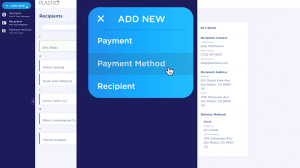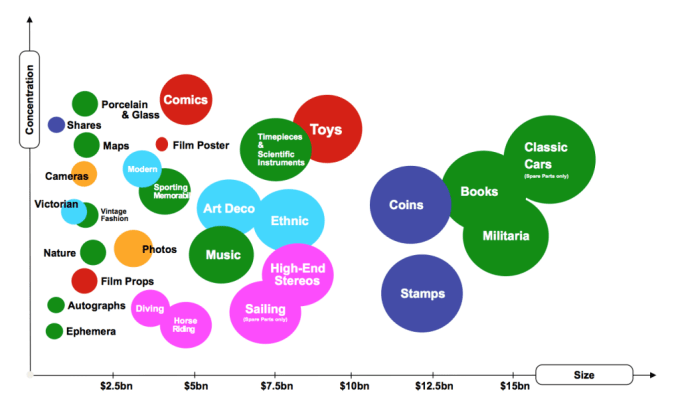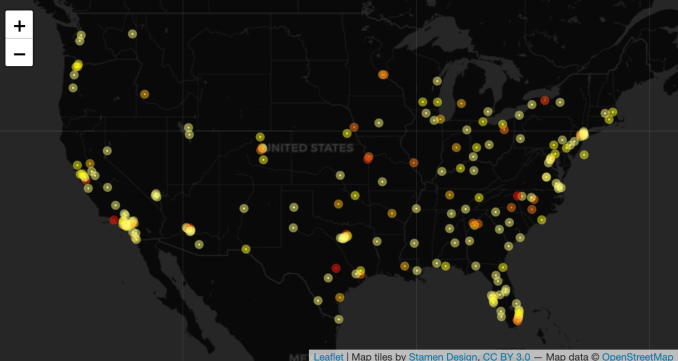Medical biotech company Emergent BioSolutions is one of the many health industry players turning its efforts towards addressing the current global coronavirus pandemic. Their work includes a two-pronged effort to pursue plasma-based treatments that could help lessen the impact of COVID-19 on health care systems, with a fast-tracked development timeline that could see human clinical trials start as soon as this summer.
The company is simultaneously working on two different therapeutic approaches, including one that uses plasma (a liquid that is the majority component of blood) sourced from humans, and one that sources it from horses. Both involve development of antibodies consisting of different immune cells that all target the SARS-CoV-2 virus, which work by boosting the body’s existing immune response in patients to fight off infection. The treatment based on human plasma would be suitable for use for patients who are hospitalized and showing severe symptoms, and also potentially for providing some measure of protection for at-risk people including frontline healthcare workers, while the horse-derived version would be aimed specifically at addressing those severe hospitalized cases.
Plasma-based treatments (which involve purifying out the antibodies and concentrating the dose) are not new, and both of these therapies in development will leverage technologies, manufacturing processes and other infrastructure that Emergent BioSolutions has used in developing other, FDA-approved plasma-based treatments for different diseases. That’s what’s helping it fast-track its work on solutions to address COVID-19, which could bridge the back between where we’re at now, and the year or more it will take to develop an effective vaccine.
“We looked at where we are in our platforms, and our ability to take some of our proven technologies and apply it to COVID-19,” explained Dr. Laura Saward, head of Emergent BioSolution’s Therapeutics Business Unit. “On the therapeutic side, there were two areas we were really focused on. I think the opportunity to provide a therapy that would be a rescue therapy for patients in hospital, who are suffering from severe disease is definitely a need today, as well as the ability to go in and prevent people at risk from developing more severe disease.”
The goal, with both approaches, Dr. Saward said, is to attempt to reduce the burden suffered by the healthcare system, freeing up its resources to better address the coronavirus crisis. That’s a similar end to the strategy of encouraging individuals to distance themselves physically from one another – health officials are hoping that, if these rules are properly observed, individuals can avoid being infected all at once and overwhelming the hospital system.
Therapeutics used in treatment of cases could be another key ingredient in a larger plan designed to mitigate the most dire projected effects of a global coronavirus pandemic. Especially when, as is the case with the treatments that Emergent BioSolutions is developing, there is already infrastructure in place that can help speed the development of these therapeutics.
“We have two platforms that we looked then, within the antibody therapeutics space, really looking at our existing infrastructure, and the manufacturing processes that we have as part of our overall platform for this approach,” Dr. Saward said. “You know, in the, in this situation, when we looked at these two platforms, they supported several FDA-licensed drugs, which, while it doesn’t give us the benefit of having some sense of dosing safety, we can certainly use that manufacturing process in a way where we’ve got our our common elements for manufacturing and controls and would help to support an FDA application.”
There has been plenty said about efforts by FDA and other global health agencies to cut through red tape and speed the approval process around COVID-19. That includes everything from tests, to treatments and vaccines. I asked Dr. Saward what’s actually involved in fast-tracking something as sensitive and safety-focused as approval for new therapeutics.
We’ve always worked very closely with the regulators and in understanding sort of what parts of those packages are common to our process,” she said. “As we bring a new drug through, we’re often able to leverage many of the same elements around the safety profile, the PK profile [basically how fast a drug is absorbed, metablized, excreted, etc.] for the products, the manufacturing controls and assays that are validated – that’s all common. What we’re changing, really, is just at the front end: The plasma that’s going into that process will be specific to the COVID antibodies in this case.”
This ensures that while they can still ensure safety, they don’t need to do re-work that would otherwise be time consuming for processes that the FDA already has full visibility into. Time and effort can focus on the stages of the drug development that are new, instead of on what’s repeated.
Thanks to its ability to leverage past work, Emergent BioSolutions is now working with a timeframe that includes entering manufacturing by this summer, and then having products available in test clinics by end of summer. If all goes to plan, that means kicking off Phase Two testing in human patients by around late summer or early fall.
That may seem a long way off, but it’s actually a speedy timeline by therapeutics development standards. Saward says that she’s seen the FDA evolve their thinking on data collection and dynamism in light of technological advancement, which has helped their collaboration with industry in getting needed treatments to market. In the meantime, that still means individuals need to do their part to provide Emergent and others working on these solutions the time they need for proper development and testing, through actions like physical distancing and self-isolation.





